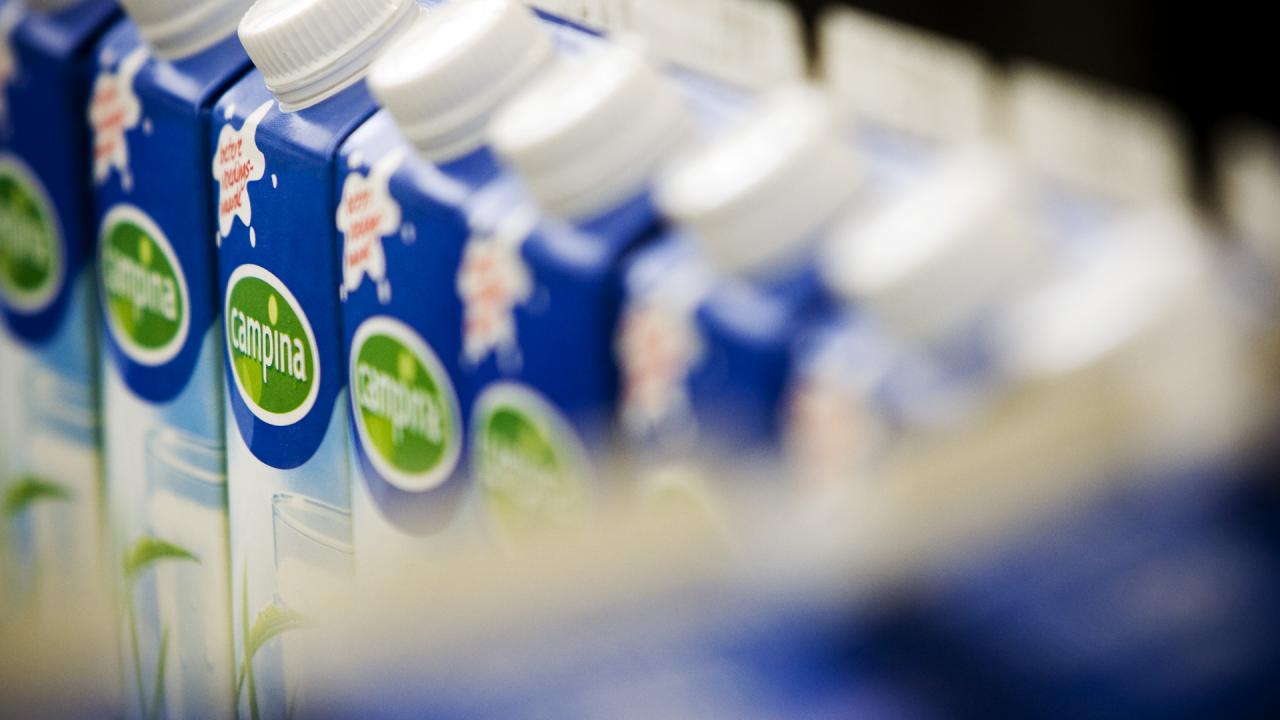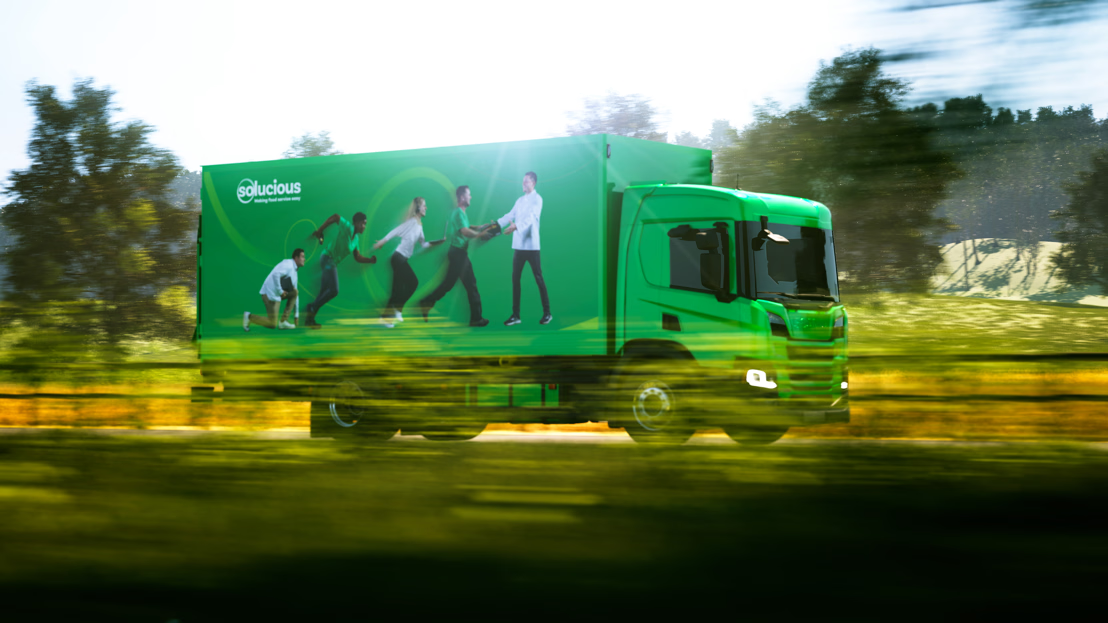Approach
Modeling the plant on physical level with proven validity
Möbius developed a discrete event simulation model to assess the capacity of the existing installation.
- The plant was modeled on the level of the physical resources and how they interact.
- From the start Möbius worked closely together with production specialists to validate the assumptions made.
- The model was built with the powerful R technology.
A calibration exercise showed results in in line with expectations, which proves that this approach has led to a valid model.
Scenario analysis to assess the impact of different volumes
The existing capacity was assessed by varying the following elements in the model:
- The volume to be received for each of the streams (existing streams + the new one).
- The arrival pattern of the trucks for each of the streams.
This analysis demonstrated that receiving an additional stream while maintaining the existing ones would result in increased waiting time for trucks and a risk of obstructed operations.
Building a business case to mitigate bottlenecks
As additional capacity is required to receive the fourth milk stream and realise the transportation cost reduction, a sound business case is required. Möbius supported FrieslandCampina with building this business case:
- Use the simulation model to identify bottlenecks.
- Organise workshops to define the relevant possibilities for capacity expansion.
- Perform stress tests and calculate occupancy.
- Rates of the resources to determine the robustness of the additional capacity.
Result
The approach of close collaboration has led to the following results:
- Powerful and valid model to analyse different volumes and different arrival patterns both with the current capacity and the possible capacity expansions.
- Clear view on the minimal capacity required to receive the additional milk stream.
- Robust business case for different capacity expansion and the related transport cost reductions.







